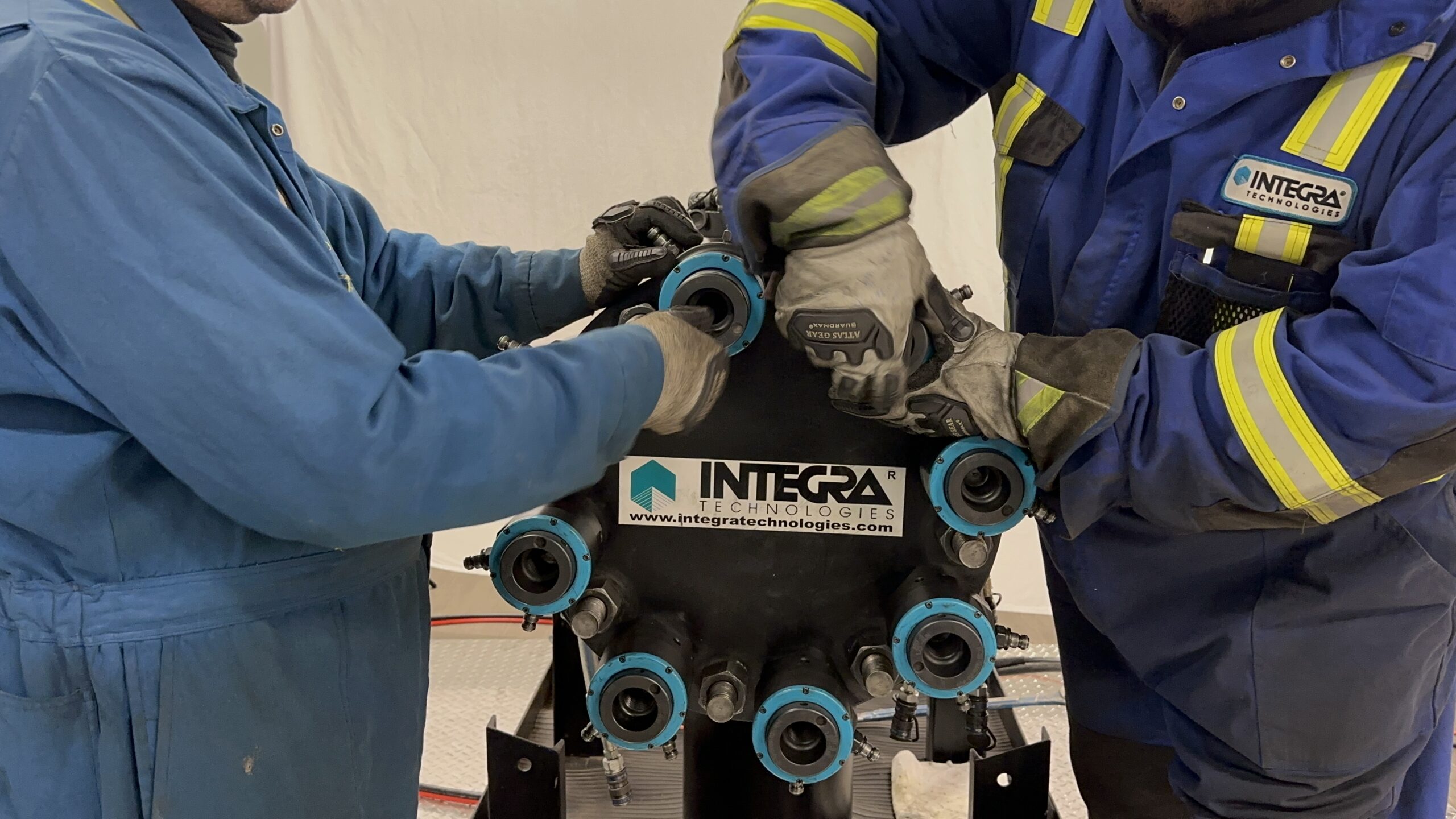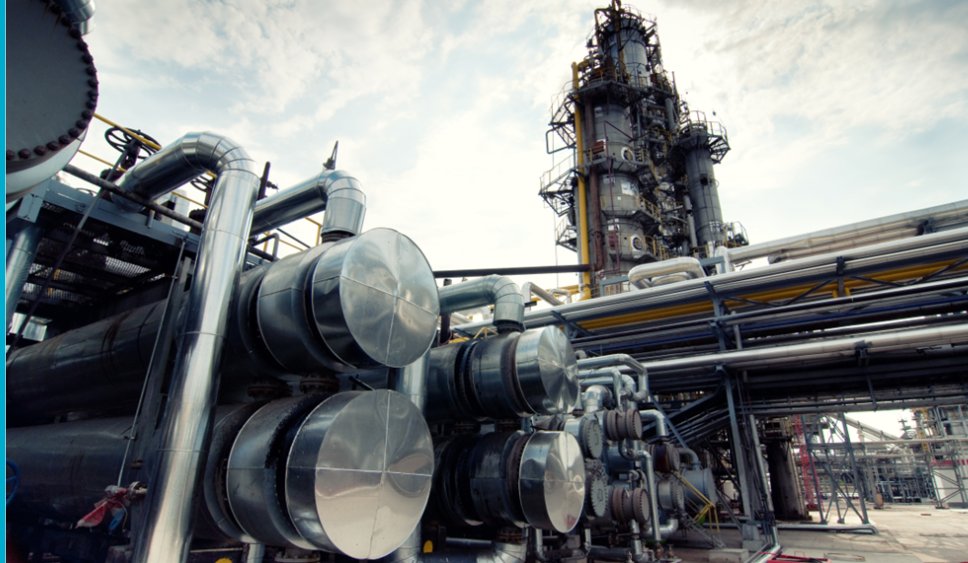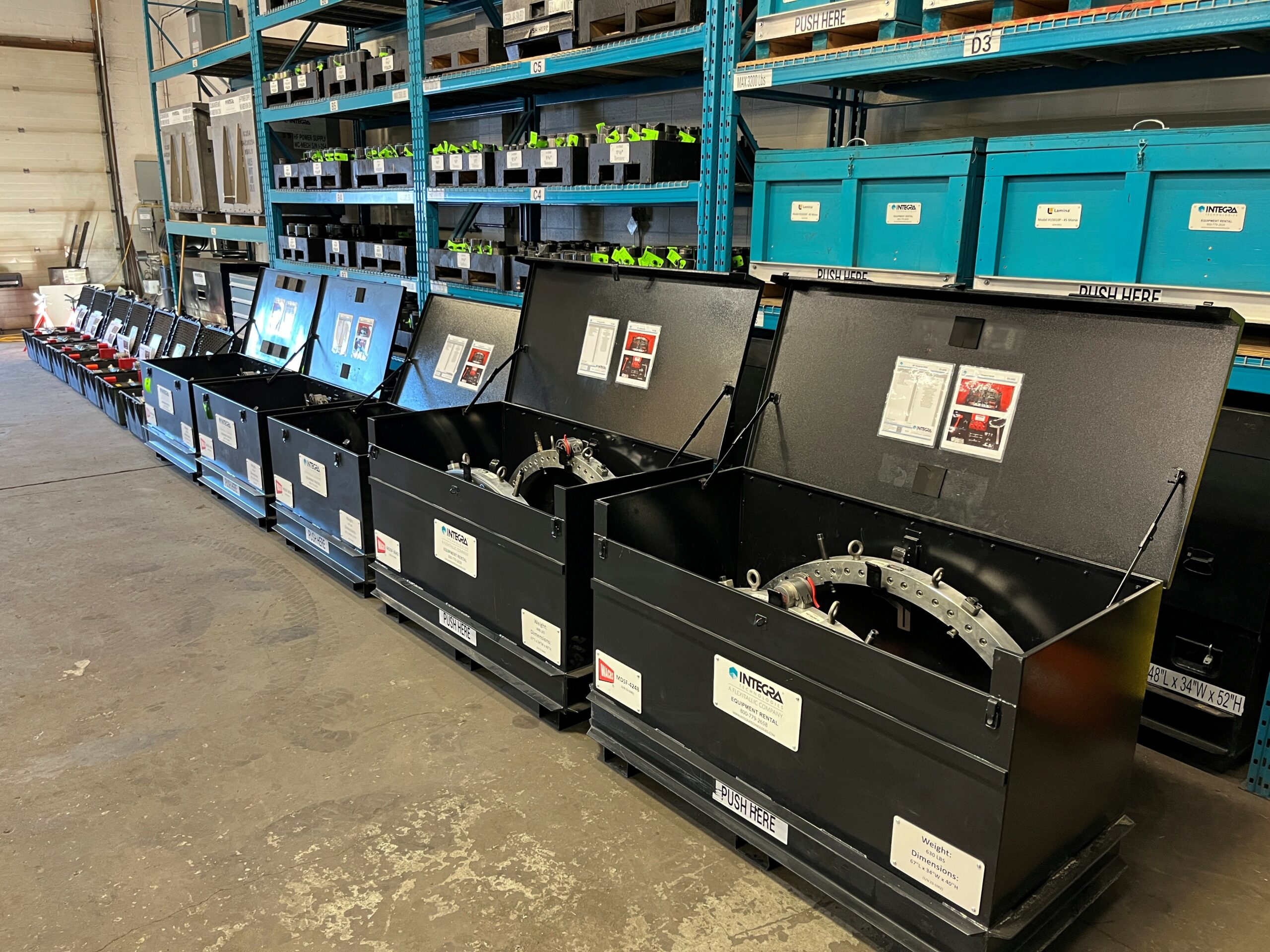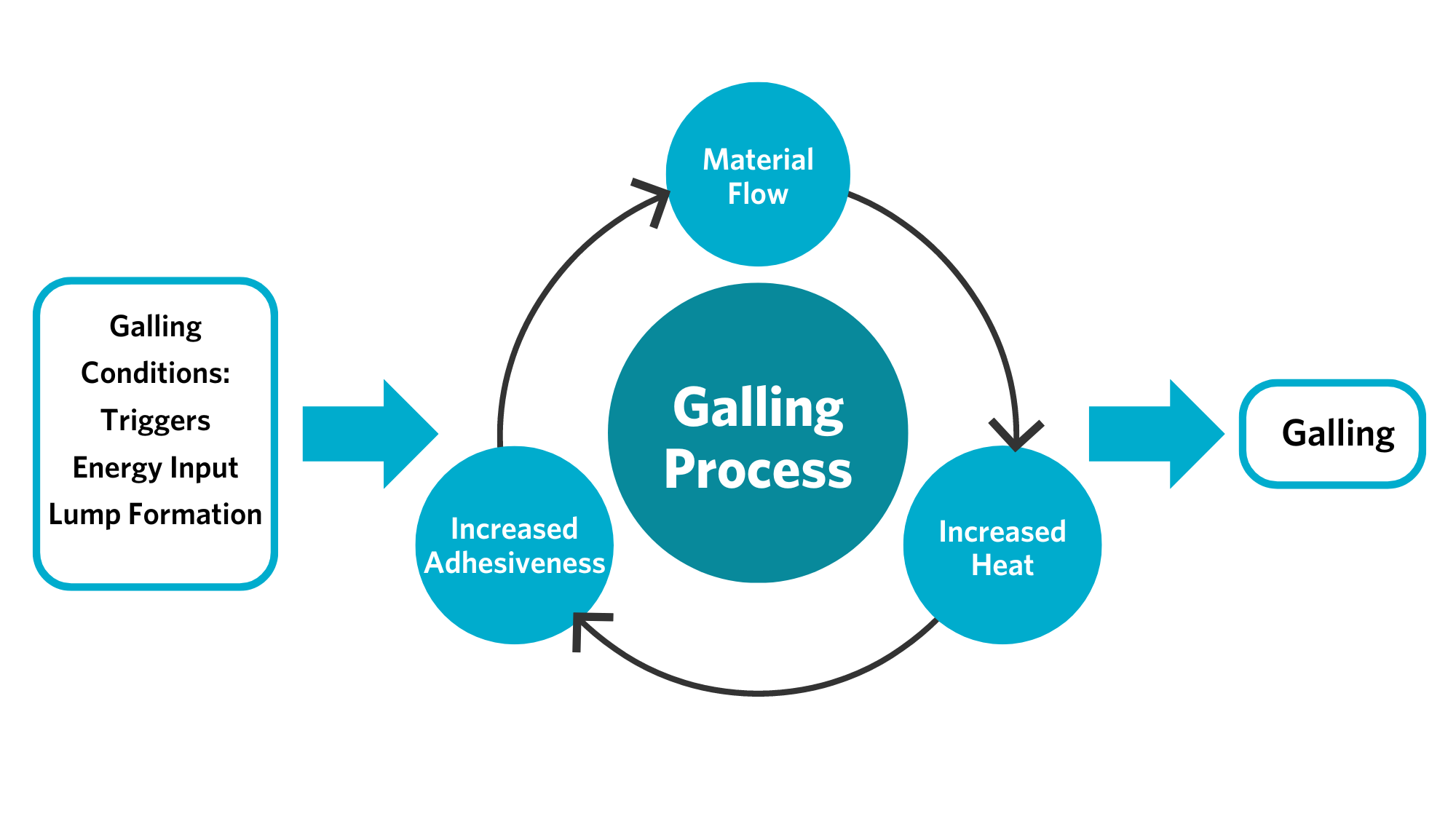Cold cutting is a non-heat and flame method used to cut metal, concrete, or stone, and finds applications in industries such as chemical, petrochemical, and oil and gas. This article highlights the benefits of cold cutting over plasma and torch methods, explores its applications, and discusses different types of cold cutting devices.
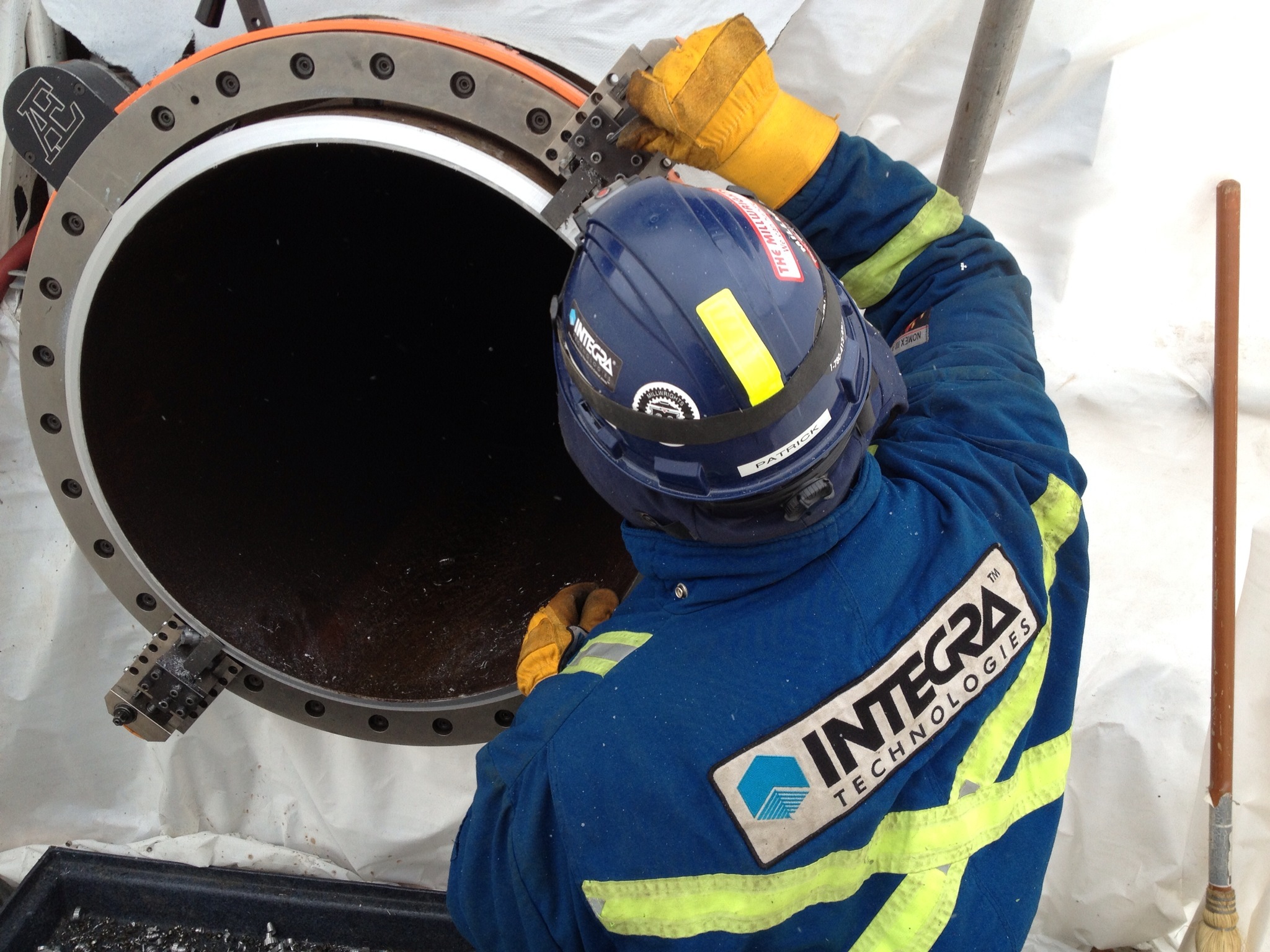
Benefits of Cold Cutting:
Cold cutting offers several advantages compared to traditional cutting methods:
- Enhanced efficiency: By eliminating the need for hand grinding to achieve a weld-ready surface, cold cutting reduces labor time, resulting in a faster and more efficient cutting process.
- No hot work permit required: Unlike methods involving heat, cold cutting does not necessitate a hot work permit, simplifying the cutting process and reducing paperwork.
- No Heat Affected Zone (HAZ): Cold cutting prevents the formation of a Heat Affected Zone, eliminating changes in material properties that could impact the integrity and structure of the metal.
- Increased safety: The absence of heat or flame in cold cutting eliminates sparks during the cutting process, reducing the risk of explosions and ensuring a safer working environment.
Applications of Cold Cutting:
Cold cutting finds applications in various scenarios, including:
- Commissioning, repair, maintenance, and decommissioning of pipes and pipelines.
- Creating access openings in locations where hot work is prohibited.
- Decommissioning outdated machinery.
Types of Cold Cutting Devices:
Cold cutting employs three common devices, each suitable for specific cutting scenarios:
Cold Cutting Machines: Also known as clamshell cutters, split frame cutters, or clamshell lathes, these machines consist of two halves that wrap around the pipe. They rotate a cutting tool to create straight or beveled cuts, preparing the surface for welding. Cold cutting machines are ideal for cutting and beveling pipes.
Cold Cutting Saws: Powered by hydraulics and equipped with diamond wire ropes, cold cutting saws are used for subsea applications on pipes, piles, and caissons. While they require coolant when used topside, they provide effective decommissioning of subsea piping.
Abrasive Water Jets: Utilizing high-pressure fluid delivery systems, abrasive water jets cut through different thicknesses of materials. The fluid, containing crushed abrasive materials like garnet, is propelled through a jet nozzle mounted on a carriage. Abrasive water jets are most suitable for cutting flat plates of metal and concrete.
What to Look for in a Service Provider:
Personnel untrained in the use of cold pipe cutting equipment run a high risk of personal injury and failure. Therefore, when seeking cold pipe cutting services, find a service provider that employs technicians with extensive training in safe and effective cold cutting practices. At INTEGRA Technologies, safety is in the DNA of what we do. Our world-class technicians are experts in the use of cold pipe cutting equipment and can provide the services you require efficiently and safely, getting you to production sooner.
Cold cutting presents significant advantages in terms of efficiency, safety, and material integrity. By utilizing different types of cold cutting devices, industries can achieve precise and reliable cuts in various applications.

